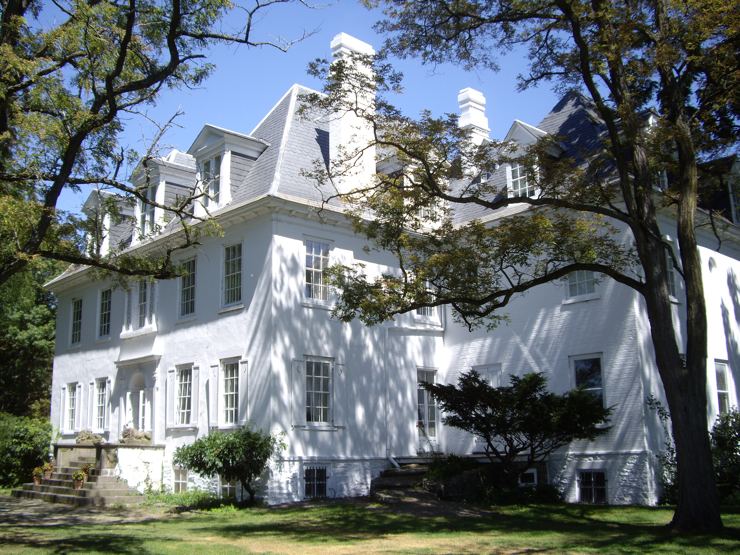Built 1782 Designated NHL November 28, 1972 Phone +1 518-537-4240 Added to NRHP 18 February 1971 | NRHP Reference # 71000535 Opened 1782 Architectural style Georgian architecture | |
 | ||
Address 1 Clermont Ave, Germantown, NY 12526, USA Similar Staatsburgh State Historic S, Ogden Mills & Ruth Livi, Margaret Lewis Norrie St, Knox's Headquarters State Hist, Clinton House | ||
Clermont state historic site new york academy of arts artists
The Clermont State Historic Site, also known as the Clermont estate, the Clermont Manor or just Clermont, is a New York State Historic Site in southwestern Columbia County, New York, United States. It protects the former estate of the Livingston family, seven generations of whom lived on the site over more than two centuries.
Contents
- Clermont state historic site new york academy of arts artists
- Potential fields at the clermont state historic site
- History
- References
Potential fields at the clermont state historic site
History
The name Clermont derives from "clear mountain" in French and was inspired by the view of the Catskill Mountains across the Hudson River from the estate.
The estate was established by Robert Livingston following the death of his father, the first Lord of Livingston Manor, in 1728; while most of the manor was inherited by the eldest son Philip Livingston, 13,000 acres (5,300 ha) in the southwest corner, later named Clermont, was willed to Robert. The original house was built about 1740.
Robert Livingston of Clermont died on June 27, 1775 and the estate passed to his son, Robert, who was known as 'Judge Livingston' to distinguish him from his father. Judge Livingston was a member of the New York Provincial Assembly from 1759 to 1768, served as judge of the admiralty court from 1760 to 1763 and was a delegate to the Stamp Act Congress of 1765. He married Margaret Beekman, daughter of Colonel Henry Beekman. Their son, Robert R. Livingston, later known as "Chancellor", served on the committee that drafted the Declaration of Independence. Judge Robert died about six months after his father, on December 9, 1775.
In October 1777, British ships sailed upriver from New York City in support of General John Burgoyne who was north of Albany. That same force had already stormed two forts in the Hudson Highlands and burned Kingston, New York. Major General John Vaughan led a raiding party to Clermont and burned Livingston's home because of the family's role in the rebellion. Margaret Beekman Livingston rebuilt the family home between 1779 and 1782. Robert R. Livingston became the estate's most prominent resident. Chancellor Livingston administered the oath of office to President George Washington, became Secretary of Foreign Affairs, and negotiated the Louisiana Purchase.
He also partnered with Robert Fulton in 1807, to creat the first commercially successful steamboat on the Hudson River, the North River Steamboat (later known as the Clermont), which stopped at the house on its inaugural trip.
The house is now a New York State Historic Site and was designated a United States National Historic Landmark in 1972. It is a contributing property to another National Historic Landmark, the Hudson River Historic District.
Although located in the town of Clermont, its mailing address is in the nearby town of Germantown.
